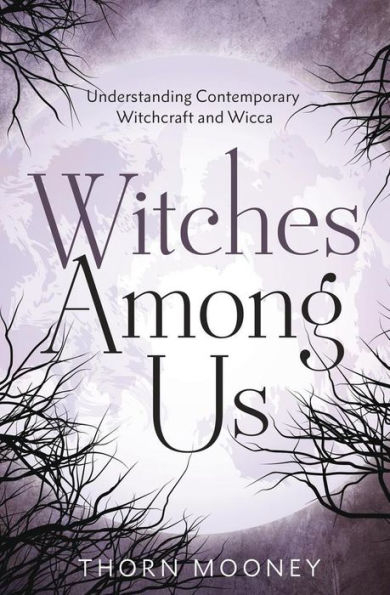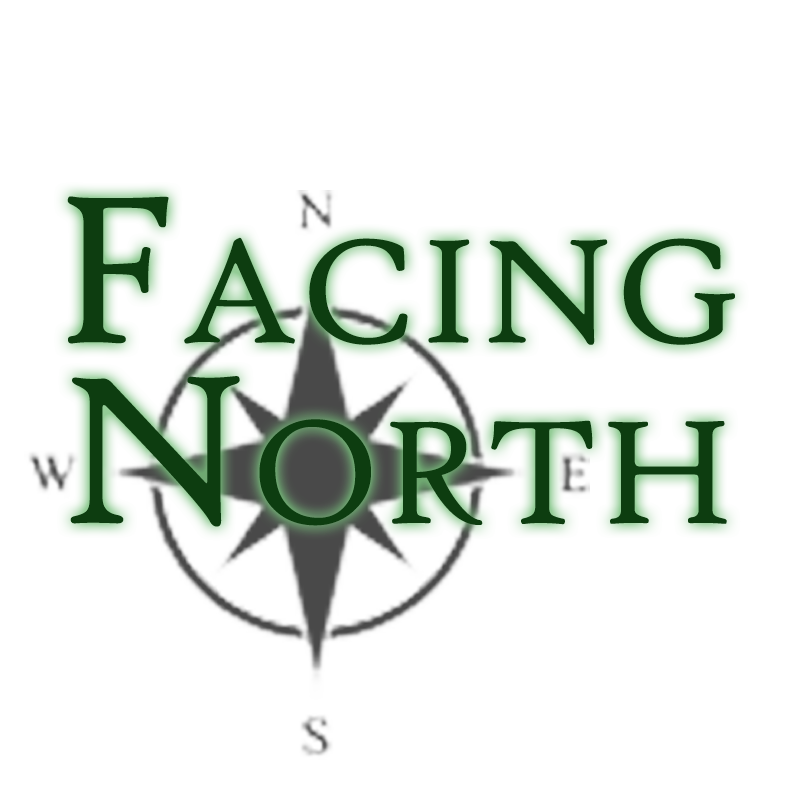This book would make a great gift for readers newly interested in witchcraft, including curious friends and family members who want to know what it means when someone says they’re a “witch.” Where did “witchcraft” come from anyway? Is it a religion, a collection of organizations, a psychological profile, a calendar of holidays? What is it?
Author Thorn Mooney is well-suited to explain it all. She wears two hats as both a practitioner and a scholar of witchcraft. She’s a Gardnerian Wiccan, though, she notes, she was a witch long before she became a Gardnerian. She holds graduate degrees in religious studies and English literature. She writes in plain, accessible language, sorting out the large amount of terminology that comes with the territory--wicca, traditional, eclectic, solitary, pagan, neo-pagan, occultist, and so on. She gives the reader a working knowledge of the major players and historical influences on and within witchcraft since about the late 19th century. And she does this all in about 200 pages.
“When I call myself a witch,” Mooney begins, “I mean a lot of different things all at once.” If she’s talking to someone in the know, she’ll explain her particular type of Wicca, which is a “tradition,” not unlike a denomination within other religions. She might also refer to herself as an “occultist,” she says. She’ll explain that “occultism” means the practice of what is hidden, and that witchcraft is one, but not the only one, of the hidden arts. Her point is that the subject is complex and calls for different approaches to explanation.
On one level, witchcraft is a skill set, Mooney writes. It calls for practice, like playing an instrument. Witchcraft is action, like conducting rituals, using herbal medicines, communicating with ancestors and gods, studying the past to “connect with histories and traditions that have been oppressed, erased, or neglected.” In that sense, to be a “witch,” she writes, involves “consciously setting myself apart from the status quo” as “the witch is an outsider figure and has served as a symbol for marginalized groups.” So, being a “witch” is also an identity. For some, witchcraft is explicitly a religion, and what follows is that “calling something a religion is also fundamentally a political decision, and one with potentially significant social consequences.”
Mooney traces the recent histories of witchcraft, from the pivotal role of Gerald Gardner after Great Britain decriminalized witchcraft in the 1950s; as well as the influence of Margaret Murray’s controversial thesis that there had been an enduring “witch cult” dating back to pre-historic eras. Mooney writes about the Satanic Panic in the U.S. in the 1980s, when witches, pagans, and occultists “faced real threats to their jobs, their families, and their physical safety.”
I love how Mooney ends each of her chapters with two lists for further reading: books by practicing witches and books by scholars of religion and culture. She’s pointing to how witchcraft is both something real live witches do and teach, while it’s also a venerable subject to be studied and understood within broader contexts of religion and culture.
In her chapter on “Witchcraft in Context,” Mooney explains that “because witchcraft itself is arguably not a singular movement with one shared trajectory, it is critical to consider it within the context of a number of other traditions that flourished at around the same time and just before witchcraft came to the fore in the public imagination.” She then references three late 19th century influences on witchcraft. One was New Thought, a philosophical movement that spawned ideas such as the “law of attraction” and practices of visualizing and manifesting, especially popular within the 20th century New Age subculture. Another influence was Spiritualism, a late 19th century more explicitly religious movement that featured mediumship, channeling, divination tools such as the pendulum, and the conception of the afterlife as “the Summerland.” A third influence, though one Mooney says is today only minimally influential, was the rise of the Theosophical Society, starting in 1875. Theosophists introduced the North American public to ideas from Eastern religions, such as a version of the concept of karma and the language of “the astral plane as an adjacent, invisible realm where many witches assert that magic takes place.” Mooney does not suggest that New Thought, Spiritualism, or Theosophy led in a straight line to contemporary forms of witchcraft. Her point is that witchcraft has not grown and flourished inside a vacuum.
One of the themes Mooney takes up is the fine line between ritual and spell work. A ritual is a set of systematic actions, a series of ordered steps. Very often, “spells entail the use of material objects (both highly specialized and everyday) combined in a specific way, as well as the magical energy or emotional focus of the witch themselves.” There are various explanations for how a spell causes a result. Some witches believe “it is their thoughts, intentions, and personal energy that effect change…Others believe that power resides in the spell materials themselves…Most witches subscribe to some combination of these or potentially other models,” Mooney writes. What’s consistent across various orientations is that “for most witches, witchcraft is first and foremost an action – a thing that you do.” It’s also, consistently a “worldview rooted in enchantment.”
A major theme in contemporary witchcraft is the sacred feminine and the “reclamation of women’s authority and autonomy and the healing of an embattled planet.” There seems to be a lot of physical “stuff” in the practice of witchcraft: plants, animals, stones, candles, tools, altars, journals, things that smells good. Everything is animated and available. Witchcraft explicitly celebrates physical embodiment and material beauty.
“Witchcraft,” Mooney writes, “is as much an art as it is a religion or a practice, and this is part of the appeal for many.”
Art. That’s what Thorn Mooney’s short, friendly, information-packed book reads like, too.
~review by: Sara R. Diamond
Author: Thorn Mooney
Llewellyn Publications, 2024
206 pp., $16.99

